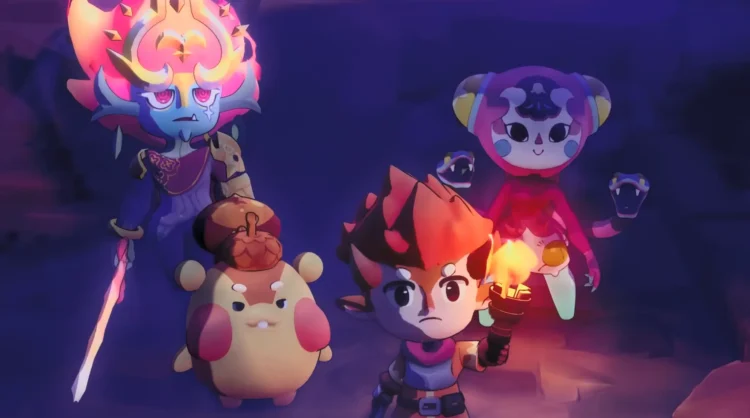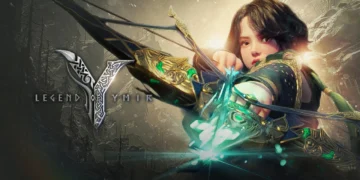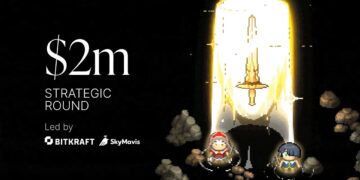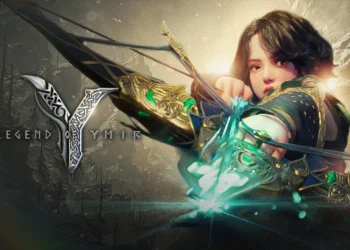In a keynote delivered outdoors under Dubai’s late spring heat, Sky Mavis and Axie Infinity cofounder Aleksander Leonard Larsen offered a direct take on the current state of Web3 gaming—and why it’s at another pivotal turning point.
Speaking at TOKEN2049, Larsen reflected on crypto gaming’s cycles of boom and bust, arguing that the failures seen across the sector are part of a longer process of refinement. “It’s Darwinism at work,” he said. “Bad actors get washed out. Attention and capital eventually flow to the right teams.”
Since the success of Axie Infinity, the first crypto game to attract tens of millions of users and over $4.2 billion in NFT volume, more than $15 billion has been deployed into the broader crypto gaming space. And yet, no project has matched Axie’s player growth or revenue. According to Larsen, this is because most studios are prioritizing the wrong goals.
“People have put money into developers building AAA-style games that take years to ship. There’s too little crypto innovation and too much focus on graphics over gameplay and economy,” he said. “That’s a bad equation.”
His presentation emphasized the need for studios to focus on gameplay and token economies over production-heavy visuals. “Whenever a bug happens in the game economy… if you have a massive massive graphical AAA budgeted game, it’s going to take months and months and months before you can actually iterate on that.”
Enter Atia’s Legacy
That approach is being put to the test with Atia’s Legacy, a new Axie MMO first announced in early March. The game reimagines the world of Lunacia as a large-scale, persistent online world where players gather resources, defend territory, and collaborate through guilds. Over five million users have pre-registered, with a full launch planned for later in the year following two playtests.
Atia’s Legacy is designed with MMO-native systems in mind: death has economic cost, resources are finite, and player coordination is required to thrive. “No one likes to lose money,” Larsen said, “but if you build in the social layer—guilds, alliances—players are more likely to keep playing even when they suffer setbacks.”
While the gameplay loop is new, the infrastructure it runs on is familiar. Ronin, Sky Mavis’ own blockchain, was built to scale Axie during its rapid growth in 2021. Today, it’s positioned as the base layer for other game studios looking to launch titles with embedded player liquidity and proven distribution.
“We started out building a network effect with the Axie Infinity game,” Larsen said. “That actually attracted new developers into the platform, because they want to get access to the distribution of players that we have.”
He compared the process to the early days of Steam and Epic Games, which also grew from successful games into broader platforms. “A single great game can become the foundation of a full ecosystem. That’s what Axie was. That’s what Atia could be.”
Post-Axie, Same Mission
Larsen’s talk framed Atia’s Legacy as a continuation of the core ideas that made Axie Infinity resonate with crypto-native players: asset ownership, real economic incentives, and community-driven value. But it also acknowledges the lessons of the last cycle—mainly that flash doesn’t equal retention.
Rather than chase AAA standards, Sky Mavis is leaning into systems that can be tuned, tested, and scaled quickly. If Atia’s Legacy gains traction, it could signal that the next stage of Web3 gaming will look more like a new genre than a reskinned version of traditional games.
Axie’s influence remains visible across the current wave of Web3 game development, even as Sky Mavis works to push the space toward more original mechanics and player-driven economies.
Sky Mavis has not yet confirmed a launch date, but with millions already registered and the Ronin Network now hosting several additional games, the team is betting that Atia’s Legacy will lead the next chapter of blockchain-based multiplayer gaming.







